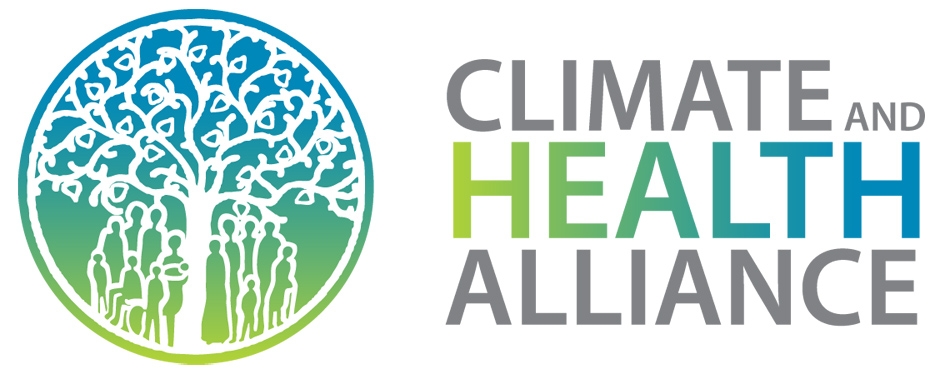We are being softened up for another round of private health insurance premium increases. Between Christmas and New Year, when our minds were on family, the beach and cricket, we learned that the health funds are seeking premium increases of up to 7 per cent.
There is compelling and growing evidence that private health insurance is unsustainable. It will self-destruct unless there is substantial reform.
The government hides the unsustainability of private health insurance by bribing us with a $3 billion subsidy for private health insurance. This $3 billion subsidy is out of a total private health insurance expenditure of about $9 billion. The political rationale for the subsidy is that it would take pressure off the public sector. A lot of the justification for the subsidy cannot be sustained.
– The available evidence shows that it has been largely ineffective and inefficient in taking pressure off the public hospital system. It has mainly opened up a new area of private demand. (Melbourne Institute of Applied Economics and Social Research Report to the Victorian Department of Premier and Cabinet, p.39)
– 80 per cent of the richest 20 per cent of Australians have private health insurance, whereas only about 20 per cent of the poorest 20 per cent of Australians have private health insurance. The subsidy is skewed to the more affluent.
– It is fairly clear that it was the Lifetime Health Cover rather than the subsidy that encouraged the increase in private insurance numbers.
– The subsidy weakens the capacity of the government to control health costs. Private health insurance companies are price takers, not price setters. They passively pass on health costs. With few minor exceptions, they make no attempt to negotiate better prices for medical or hospital services, for their policy holders as, say, Kaiser Permanente and Blue Cross do in the United States. So we are getting the worst of the US system of private insurance without attempting to manage the worst features of private health insurance through managed care.
It is not as if we haven’t been warned. The voluntary system of private health insurance in Australia became unmanageable in the 1960s as neither the government nor contributors could keep pace with rising health costs.
We are seeing the same again today. Each year health premiums increase ahead of inflation. They have increased on average 7.5 per cent per annum over the past 4 years and Australia’s largest private hospital operator has said that consumers should expect private health insurance premiums to keep rising by twice the rate of inflation each year.
 |
|
Thanks to Scratch! |
Private health insurance funds are grossly inefficient and by being passive price takers in the market they refuse to influence the cost of health insurance. They are serving Australia very badly. They are contributing to the escalation of costs of the whole system whilst skewing health resources towards the rich. It is hard to think of a more anti-social and economically irrational program than this one. It is all about politics and not sensible health policies.
Proposal
The subsidy should be abolished and the $3 billion diverted to more efficient and socially beneficial programs, such as mental health, Indigenous health, the health consequences of sexual and physical violence against women and children, or dental health. If a politician in possession of the facts couldn’t win this argument, I would be very surprised.
A less courageous option would be to cap or means test the subsidy and perhaps apply the funds to elective surgery or aged care places.
In any event, $3 billion is a useful political nest egg for a new government to spend in more socially and politically useful ways.
If the community wants the option of private insurance, which on balance I do, private insurance companies must negotiate better deals for their policy holders. That means managed care or something similar.



